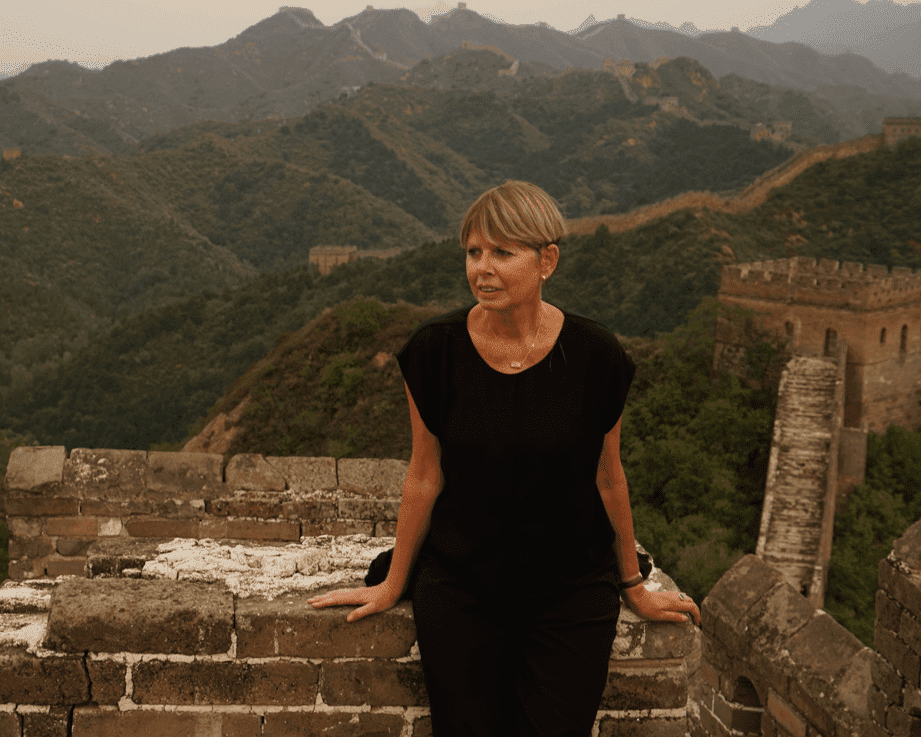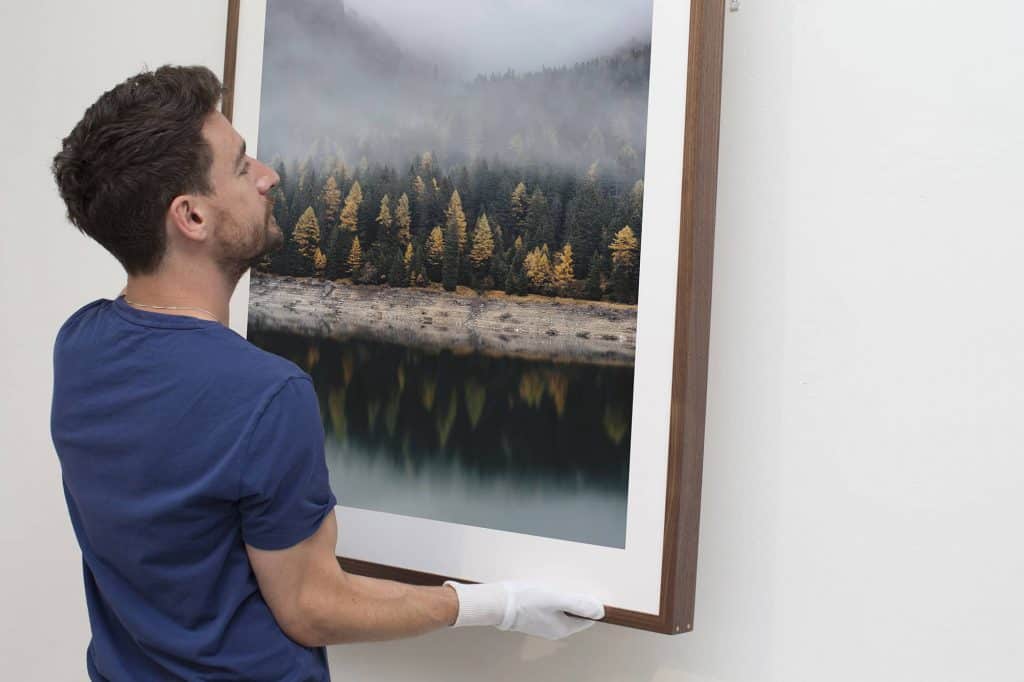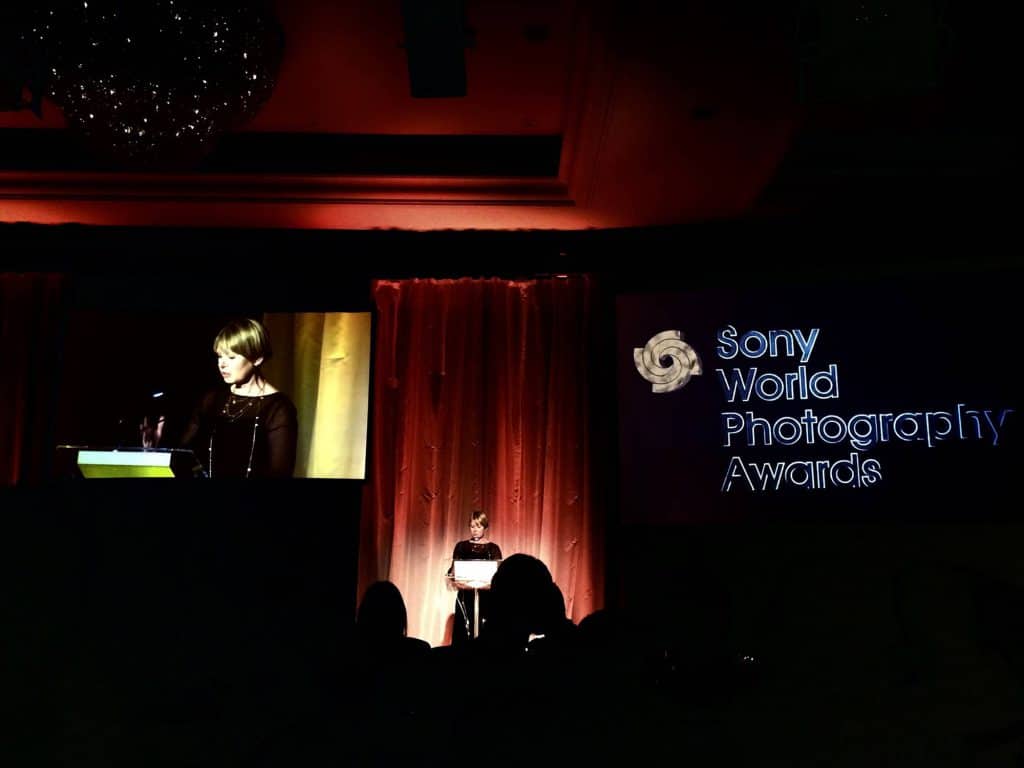
We interviewed Zelda Cheatle to ask her how she approaches exhibition curation. Zelda is a world renowned independent curator, lecturer and editor of photography. In 1989 she opened the Zelda Cheatle Gallery that helped build both private and corporate collections and has continued to work with museum and public collections nationally as well as internationally.
What questions do you ask yourself before curating an exhibition?
Firstly I’ll ask who the audience will be, what the space will be and then who, from which kind of genre pool I will be extracting, because every exhibition has a different concept. So something like the AOP 50th anniversary exhibition was from about 4,000 photographers, each of whom would probably have thousands of pictures. I had to choose approximately 50 pictures that were going to show 50 years of the organisation. I had to have an idea before I began, a sense of how I was going from 1968 to 2018.
Generally, I start with an idea that you write down, a short dissertation of what it is about. You usually have an idea of the sort of artists that you want to have in the exhibition, and you talk to those people to see if they’re interested. It’s something that builds and quite often whenever you have one or two people on board then it starts to build its own momentum. In that way it’s best not to have a preconceived idea of exactly what you want, because then you can block the happy accidents process.
How does the space in which you are exhibiting affect your layout?
I’ve worked in galleries, museums, art fairs and touring exhibitions. You kind of adapt to whatever your space is, but ultimately it’s always dependent on the actual work. For example Bettina Von Zwehl makes these little miniatures that are in the V&A and they are beautiful, but other artists, like Gursky, are on a massive scale. It’s totally dependent on the content of the work and the venue that you might be showing in. Space often dictates scale.
I like to have something of a balance, something that is visually exciting but keeps some kind of narrative in way that it is cohesive. If it’s a student show, it is exactly the same thing, it is about how you try and make things work together that begin to have a conversation. If it’s a two person show it can balance in a very different way, it doesn’t have to be symmetrical but it needs to have content that feels as if it is equal. It’s often a collaborative vision of the artist’s intention, curator and the space and how they are going to combine.

How do you guide the viewer through an exhibition?
The shows that are enjoyable to witness, walk through, and take something away from generally have quite a lot of thought put into how you move from one thing to the next.
A good example is when I did Yan Preston’s exhibition in China. We were able to make 1.2 x 1.6m prints, 66 prints, and they had to be in the order of the Yangtze River from source to sea because she had taken a photograph every 100 km along the river. We had to make sure that everyone knew this journey from the beginning, so in fact the first wall had to be text. This way the audience would understand this before walking the journey through the work. When it is a conceptual project often context comes first, it has to.
What advice can you give for advertising the artwork as for sale?
Some collectors really like to have prices under the piece, it limits the need to ask and when it is something that they can afford, they will proceed to buy it. Some artists and galleries would prefer to have a conversation, it can be off putting because they don’t want something ‘commercial’ to interfere with what is their artwork.
When I had a gallery, we used to have a price list so that people could pick up the prices if they wanted to find out (with no need to ask), but we wouldn’t display prices next to the artwork. I have had many discussions on the subject of what works best over the years.
Ultimately I think it is good that you can find out on your own. So a price list can work, but it’s a personal choice. Photo London is interesting as you have 50 galleries and some of them have prices and some of them don’t.

What 3 ingredients would your dream gallery space have?
My favourite way of hanging framed prints is to hang on screws, I like being able to drill into the wall.
Good lighting, good lighting that you can play with. Also having good visibility and access so that an audience can find it, and can actually visit easily.
There are some beautiful galleries and beautiful museum spaces, like the Guggenheim in New York. A lovely building, but problematic because of curved walls so a struggle to hang big two dimensional works. Also, there are some old buildings like Somerset House that can be quite quirky and interesting, but the walls fall apart and crumble, and there are very modern buildings that can be absolutely amazing but a lot of glass or marble which also present problems. It’s nice whenever there is a personality in space. So it all depends on the mixture of work and space, horses for courses.
What costs need to be kept in mind when curating an exhibition?
But also ‘who’ is responsible for which costs? Sometimes the artist has to pay all of the production costs and sometimes the artist has to even pay a kind of a fee or rental if they are doing a pop-up show. Other times the gallery will take care of all the framing and mounting. Or a corporate space may pay a loan fee, or it can be a commissioned show. It’s important to work out a budget and how it’s all going to work from the start, but unexpected costs always appear. Hopefully, there will be some kind of balance.
When I had a gallery we paid all of the mounting and framing costs, all of the marketing, all of the private view costs, but we never paid print production costs because that way the photographer still owned that work. Whereas when a gallery has paid for the printing, they might not own the image but they physically own the print. Then it is a strange sort of a situation of ownership.
What should be considered before hosting your own solo exhibition?
You have to apply yourself diligently to making the show, promoting the show extensively, bringing people in, being with the work and able to talk about it intelligently.
Prior to this I’d say make sure to do open calls, competitions, going to festivals, doing a lot of portfolio reviews. Listening to the feedback and making a note of what is advised. Then follow up, email those who liked your work in 3 months and tell them, “you told me to think more about this, well I have and this is what I have done now”. This way you start a relationship and have people following your work. It’s good to get beyond your first steps, get up to a running pace. If you keep on getting the feedback and people start to understand that you are serious about your work, good things will happen.
When it comes to putting on your show, share your ideas and talk to other people before you decide exactly what you will print or what you want to do. If you want to exhibit, it means you want to show other people, so it’s a very good idea to get some feedback whilst you are still a work in progress.
